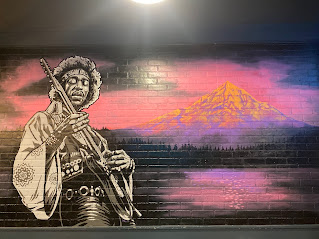Social media has transformed public opinion formation by shifting communication from top-down messaging to interactive storytelling. As seen in the case study, even skeptical leaders like Laura realize their reliance on social media: “I guess even I turn to social media when I need a break” (Staggs, p. 207). This reflects the Narrative Paradigm, where stories and personal experiences shape perceptions more than logic or facts. At the same time, Gatekeeping has evolved—users and algorithms now control the flow of information, not just traditional authorities. This is evident when Nick uses LinkedIn productively, prompting Laura to think, “Well, I guess that's a pretty good use of company time” (Staggs, p. 205). Together, these shifts demand new communication strategies that embrace storytelling and acknowledge decentralized control over information. Organizations must now consider how employees engage with digital narratives and tailor their messaging to meet audiences on platforms they trust. Ignoring these dynamics risks miscommunication, disengagement, or missed opportunities for connection and influence.
Reference
Staggs, K. B. (n.d.). Social media in the workplace [Case Study 29]. In Communication and Social Media (pp. 204–209).
Video example of how Gatekeeping is used in media





No comments:
Post a Comment